Advertisement
Ever feel like the internet just doesn't feel real anymore? Like you’re scrolling through comments, reading replies, or seeing posts that seem... off? You’re not alone. There's actually a name for that weird feeling — it’s called the Dead Internet Theory.
This theory suggests that a lot of the content we see online today isn’t made by humans at all. Instead, it’s created and spread by bots — automated programs that can post, comment, reply, and even talk to you like a real person. Some people believe that most of the internet is now filled with fake accounts and machine-made content, not actual users. Sounds wild, right? But let’s break it down.
Let's start with the idea behind it. The Dead Internet Theory first popped up around 2021 on forums like 4chan and Reddit. People were noticing something strange: everywhere they looked online — YouTube comments, Twitter threads, blog posts — everything started to sound kind of the same, like it was written by robots copying each other.
The theory claims that from 2016 to 2017, the real internet started to "die." Not that it ceased to function, but that actual human beings became the minority. Bots and algorithms instead became the majority. This is what individuals who subscribe to this theory claim is occurring:
That’s a lot to take in. But is it actually true?
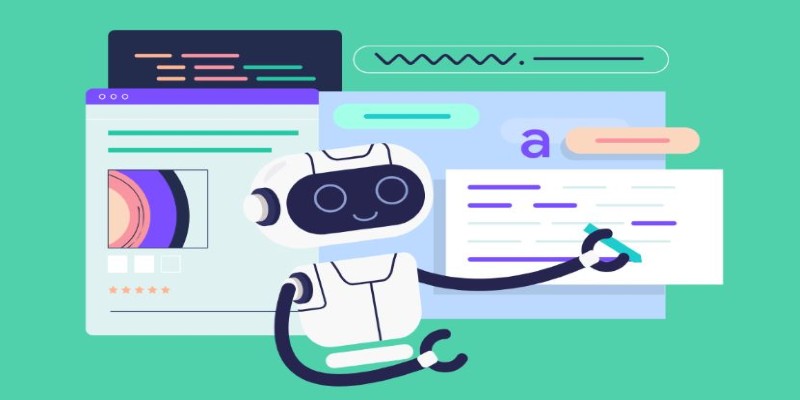
Okay, now let’s slow down and think logically. Is it possible the internet is full of bots? Yes. But are most people online fake? Probably not.
Here’s what we know is real:
So yes, the internet definitely has more machine-made content now than it did 10 years ago.
But here’s what might not be true:
A lot of what the Dead Internet Theory says is just guesswork. Still, it raises some good questions — and that’s where it gets interesting.
Whether or not you believe the whole theory, it brings up some important stuff we should think about.
Can you trust what you see online? When bots write product reviews, share tweets, or comment on videos, it’s harder to know what’s real. You might think lots of people love something when it’s really just a program boosting it.
Are you talking to real people? In online games, forums, or comment sections, you might be arguing with a bot. And bots don’t care about being right or fair — they’re just running code.
How does this affect what goes viral? If bots are pushing posts, then trends can be faked. A song, meme, or news story might seem popular, but thousands of fake shares or likes could artificially boost it.
What about mental health? If you’re always online and feeling like no one gets you — or if conversations feel cold, shallow, or repetitive — it might not just be you. You could be talking to something that’s not even alive.
So, while the whole theory might sound like a sci-fi movie, it taps into a real fear: What if the internet isn’t made for people anymore?
You don’t need to ditch the internet or go off the grid. But there are a few smart ways to deal with this weird, bot-filled world.
Check the source: Before you trust a post, look at who posted it. Does the account have a real name, photo, or history of other posts? Bots often have vague names and no personal details.
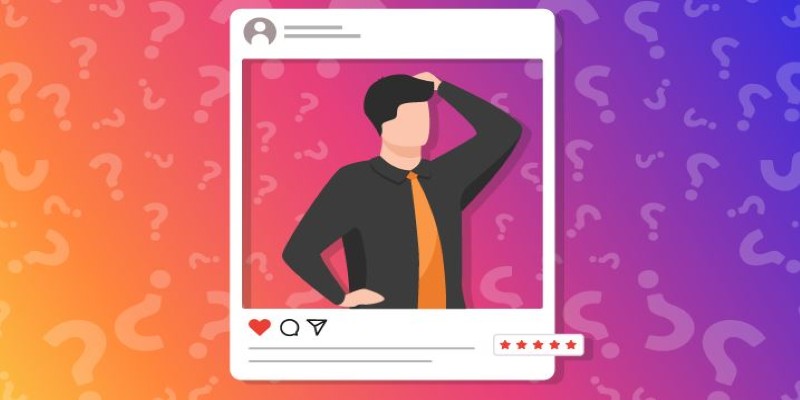
Look for real conversation: Bots often sound human but struggle with real back-and-forth. Repetitive or robotic replies, weird grammar, or instant responses can be red flags. Trust your gut if something feels off.
Don’t feed the bots: Don’t waste time arguing with accounts that seem fake. Bots don’t care about facts. If a reply feels off or pushy, just ignore it or hit the report button.
Support real creators: Find and follow people who share real, thoughtful content. Comment, share, or just say thanks. The internet’s better when we lift real voices instead of empty noise.
Limit algorithm traps: Apps love showing you what they think you’ll like, not what you asked for. Try searching manually, turning off “recommended” content, or using smaller platforms.
The Dead Internet Theory might sound extreme, but it makes one thing clear — we need to be more careful online. Not everything is as it seems, and not every post is written by a person. The internet isn’t dead, but parts of it feel fake, and we’ve got to learn to spot the difference. The more we stay curious and ask questions, the better we can tell who — or what — we’re really talking to.
Advertisement

Wondering if there’s an easier way to add up numbers in Python? Learn how the sum() function makes coding faster, cleaner, and smarter

Learn what Zero Shot Prompting is, how it works, where it shines, and how you can get the best results with simple instructions for AI
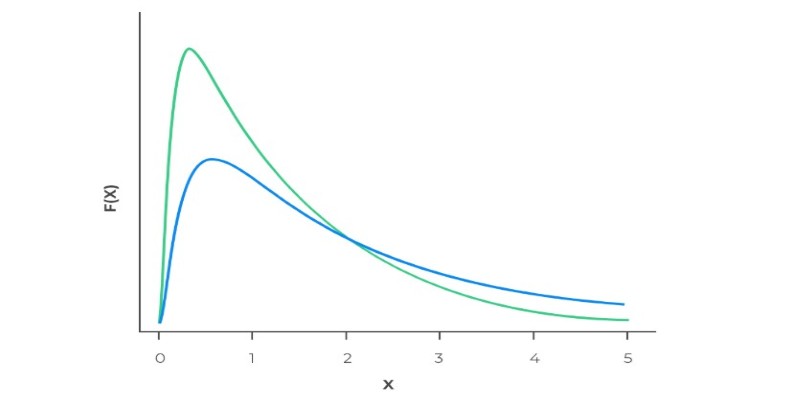
Ever wonder why real-world data often has long tails? Learn how the log-normal distribution helps explain growth, income differences, stock prices, and more
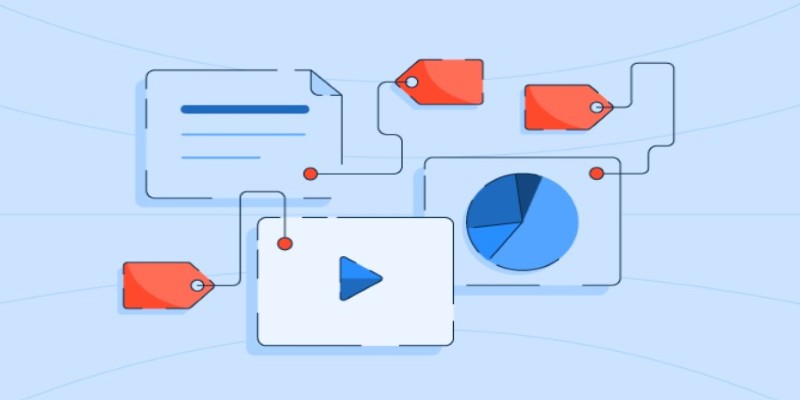
Explore how labeled data helps machines learn, recognize patterns, and make smarter decisions — from spotting cats in photos to detecting fraud. A beginner-friendly guide to the role of labels in machine learning

Wondering why your data feels slow and unreliable? Learn how to design ETL processes that keep your business running faster, smoother, and smarter

Looking for smarter AI that understands both text and images together? Discover how Meta’s Chameleon model could reshape the future of multimodal technology

Wondering how numbers can explain real-world trends? See how regression analysis connects variables, predicts outcomes, and makes sense of complex data
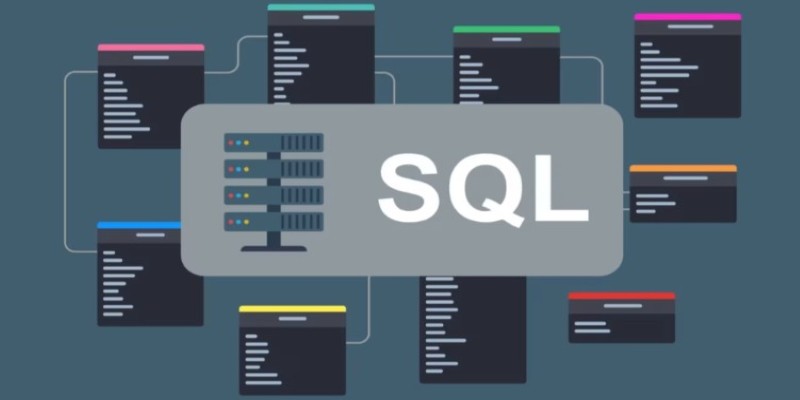
Think of DDL commands as the blueprint behind every smart database. Learn how to use CREATE, ALTER, DROP, and more to design, adjust, and manage your SQL world with confidence and ease
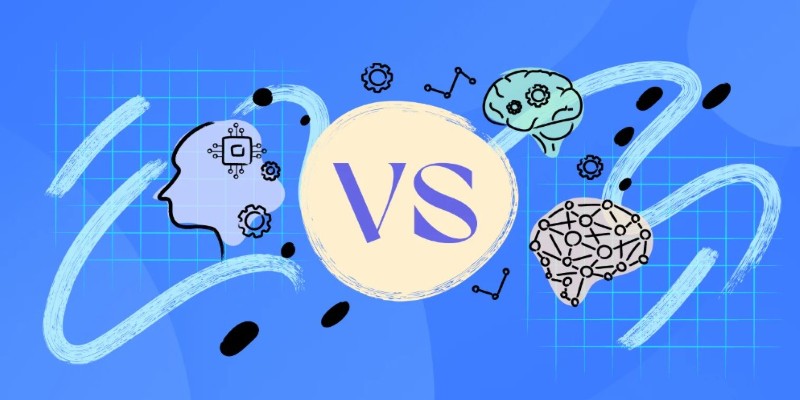
Confused about machine learning and neural networks? Learn the real difference in simple words — and discover when to use each one for your projects

Ever wonder how data models spot patterns? Learn how similarity and dissimilarity measures help compare objects, group data, and drive smarter decisions

Want to learn how machine learning models are built, deployed, and maintained the right way? These 8 free Google courses on MLOps go beyond theory and show you what it takes to work with real systems

Looking for a better way to code, research, and write in Jupyter? Find out how JupyterAI turns notebooks into powerful, intuitive workspaces you’ll actually enjoy using